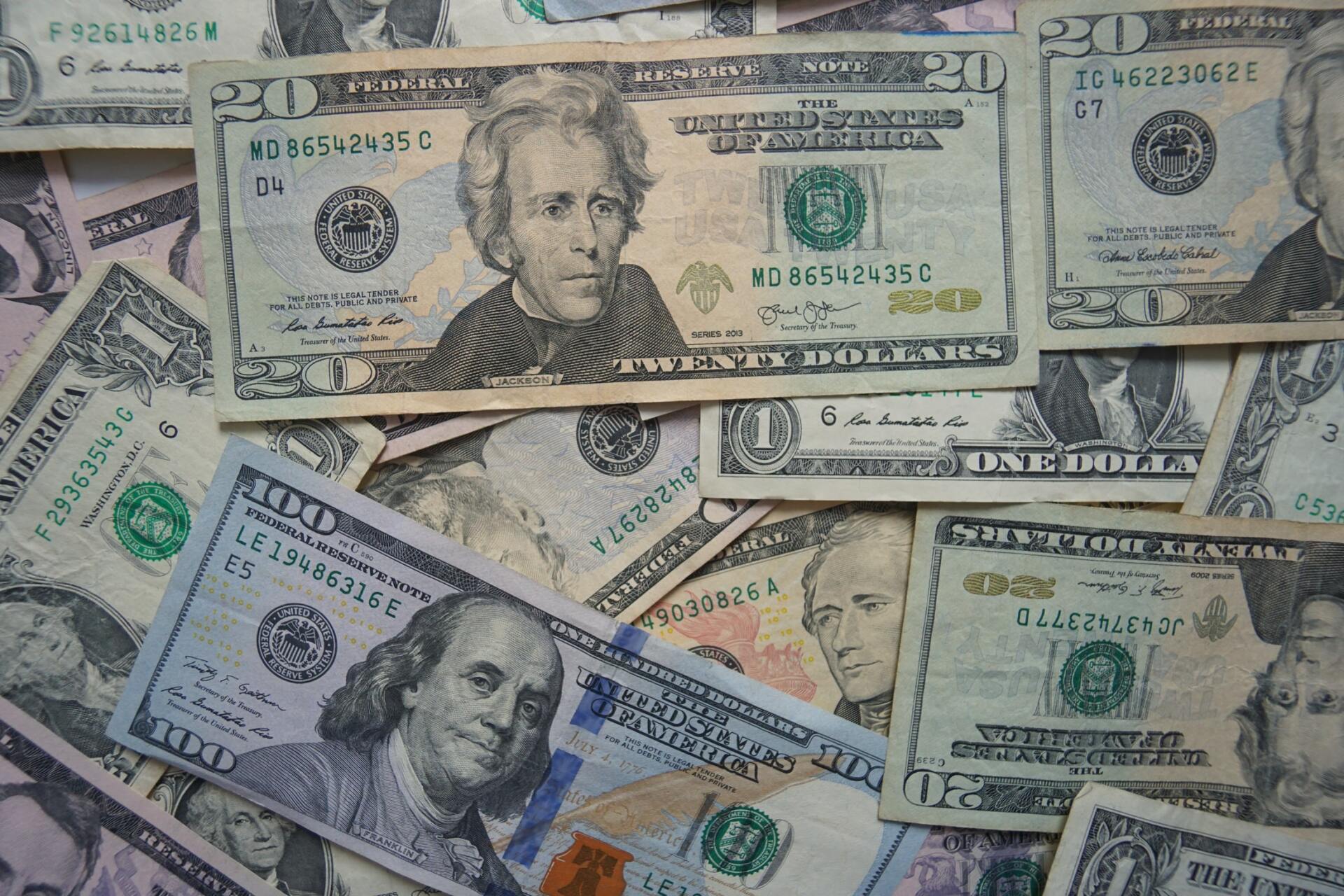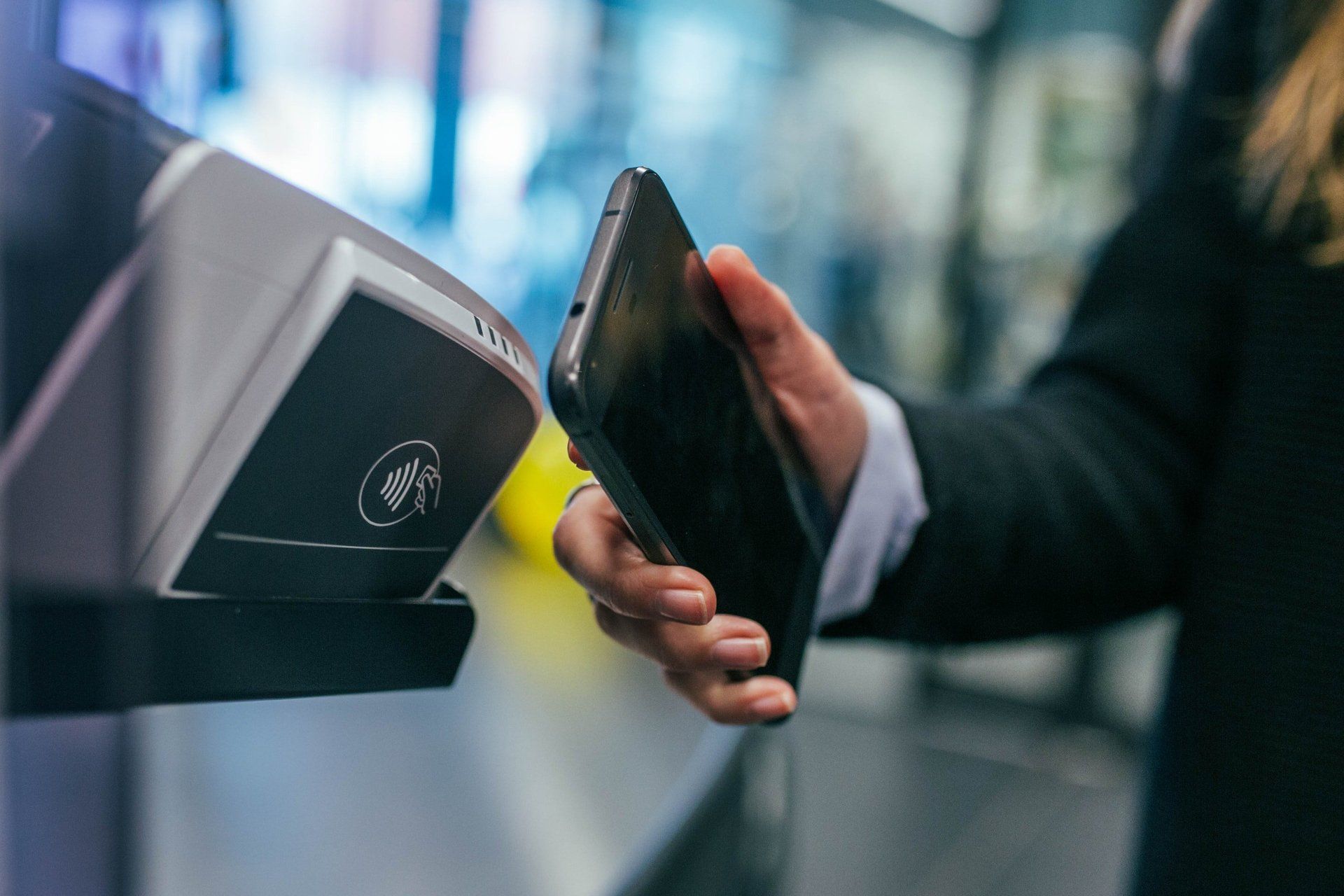Cash Discounting
What is Cash Discounting?
Cash discounting is a purchasing strategy set by merchants to motivate customers to pay an invoice early or to purchase goods with cash in order to receive a better price. For many service providers, cash discounts improve sales and strengthen business cashflow.
For example, a landscaper may allow a cash discount of 5% to clients who pay immediately after service is rendered. Cash discounting saves business owners time, billing costs, postage, receivables, and results in the business having more cash.
Is Cash Discounting Legal?
The Durbin Amendment (see Dodd-Frank Law) permits cash discounting in all 50 states. The amendment was designed to cut consumer costs by reducing retailers’ banks fees for customers using debit cards in the hope that merchants would in turn pass those savings on to their customers. Cash discounts are legal as long as businesses offer their cash discount to all customers and the offer is clearly stated and understandable to the consumer.
Cash Discounting Rules: Debit & Credit
Cash discounting programs operate under strict guidelines provided by the credit card associations. These associations make up all financial institutions responsible for issuing credit card programs. The best-known are VISA and MasterCard. In order to cash discount within the guidelines of the credit card associations, your business must meet these criteria:
- Display correct signage reflecting the pricing at the door and check out
- The service fee needs to be clearly displayed on the customer’s receipt
- Cash discounts must be offered verbally at the point-of-sale
Follow these rules and you’ll steer clear of compliance-related issues with your cash discounting program.
Eliminating Processing Fees with Cash Discounting
In implementing a cash discount program to cash-paying customers, businesses can cut processing fees by up 100%. Eliminating or reducing processing fees saves the business money and allows the customer to get a product or service at a lower price. This creates a win-win for both parties.
The only drawback is if you’ve priced your goods and services to cover your card processing fees. If this is the case, your product pricing will reflect surcharging—adding processing fees to the price of goods or services to offset card processing costs. While cash discounts are legal in all 50 states, surcharging is not. To get around this, a merchant can explain to the customer that every item includes built-in service fees that can be deducted at the register if the customer desires to pay in cash. Here are a few other considerations to cash discounting:
1 - Quicker Transactions
While most consumers prefer purchasing goods and services with a credit or debit card, they also will reconsider their position if a good deal can be achieved by paying cash. By offering cash discounts, you can turn card paying customers into cash customers who are willing to forgo plastic for paper. Cash transactions are also faster since they involve no processing time between the consumer, merchant, and point-of-sale terminal. Another perk for your customers is fraud reduction. In paying cash only, they eliminate exposure to fraud.
2 - Fewer Chargebacks
Retailers pay a shocking $31 billion a year in chargebacks. A chargeback happens when a client bypasses the merchant and enlists the help of their bank or credit card company in getting a refund for a service they no longer want. The fees associated with the chargeback are passed on to the merchant. When a customer issues a chargeback, the merchant may or may not see the merchandise returned, which is a hit to resell revenue. So not only are you charged a fee for the chargeback, but you may not be able to resell the item.
Chargebacks also affect your chargeback-to transaction ratio, which can mean higher processing fees from your merchant account provider. By offering cash discounts to your customers, your company will see fewer chargebacks. This will be a welcome change to your business if customer chargebacks have been problematic in the past.
3 - Potential Customer Loss
Since many consumers carry cash or use electronic forms of payment (i.e. Apple Pay, Samsung Pay, Android Pay), these individuals may take issue with discounts applied only to cash-paying customers and choose to not buy anything. The best thing for a merchant to do is to appeal to the side of the client that likes bargains and savings. In persuading them to use cash, you may lose some customers who are steadfast on using debit and credit cards as an easier means for personal finance. Those customers will continue to process cards with your business or shop elsewhere. Know and understand prior to creating a cash discount program that it could reduce overall sales.
What is a surcharge?
A surcharge is a fee, charge, or tax merchants add to credit card transactions to cover their credit card processing costs. Debit cards are exempt from surcharging. The reason surcharging is frowned upon and illegal in some states is because surcharging is viewed as a punishment toward credit card paying customers.
In some businesses, surcharges are made visible. In others, you may not find out about them until you reach the point-of-sale. A surcharge can be a specific dollar amount or percentage based against the total price of the purchase.
Cable and cellular phone companies are two industries who use regularly surcharging to offset federal, state, or local fees they’re required to pay within their businesses. When these governmental regulations increase costs on businesses, the business usually increases the surcharges handed down to the consumer.
Convenience Fees
Automated Teller Machine (ATM) fees are the most commonly known as surcharges. Consumers can expect to pay between $1-3 in fees if they are not a customer of the institution. In other cases, customers may find the convenience fee displayed at the register. The fee is typically in line with the fees the business pays for processing. Some merchants charge a percentage convenience fee, 4%, while other charge a dollar amount, $5. Convenience fees are sometimes called checkout fee. One thing to know is Visa and Mastercard prohibit merchants from surcharging customers.
Some retailers set minimum purchase requirements before allowing credit card transactions. While the public may not embrace it, the Durbin Amendment protects it. In the past, minimums or surcharges weren’t allowed, but now merchants using credit card surcharges should meet these requirements:
Clear disclosure of any surcharges or processing fees must be made clear to the customer prior to any transaction.
- The customer’s receipt must show the convenience fee as a line item.
- A surcharge must not exceed the amount the retailer pays, or 4 percent.
The Difference Between Surcharging & Cash Discounting
The difference can be summed up as this: cash discounting is providing a reduced price for customers willing to pay cash for goods and services or pay early on an invoice to receive a lower price, while surcharging raises the price of products for customers who pay via credit cards. The key difference is that surcharges are more regulated and credit card companies must allow them, unlike cash discounts, which are legal.
Merchants can use either to provide customers incentive to purchase with them in a way that results in lower costs for the vendor. Some customers are happy to pay a surcharge or a convenience fee if it means not losing a spot in line, having to make a lengthy walk to an ATM, or if they have time constraints.
As mentioned earlier, surcharging isn’t as widely accepted as cash discounting.
Six states prohibit merchants from applying surcharges to customer transactions:
Colorado, Connecticut, Kansas, Maine, Massachusetts, and Oklahoma
Challenges to surcharge laws and why they matter
An October 2018 New York Court of Appeals opinion stated that merchants who listed the total price for credit card purchases alongside its cash price could call the difference between card and cash prices a surcharge, a fee, or whatever they chose. This change followed California and Texas courts who in the same year ruled surcharge laws unenforceable and unconstitutional, respectively.
In Texas, merchants argued and won that their First Amendment rights were violated because they were not allowed to tell a customer about hidden credit card fees. Since the ruling, they are now able to verbally let their customers know the difference between cash and credit card pricing.
For merchants, having the ability to cash discount lets them get around processing fees and surcharging allows them to offset those same fees if customers prefer to pay with plastic.
Conclusion: Which should you use?
Cash discounting and surcharging can energize your business, drive in new customers, and shelter your profits. Before deciding on whether cash discounting or surcharging is right for your business, examine your books. How are most of your customers paying for your goods or services? Are they paying by cash or credit card? What about fees? How much are you paying credit card companies and merchant providers in service fees?
Next, you want to think about your customers. Would they accept a cash discount or surcharge, or would the idea turn them off? Think through these and consider other questions you’ll want answers to before creating a cash discounting program or surcharging. One final caveat: don’t disguise surcharges as cash discounts. As tempting as it may be, it is illegal, and if your customers learn you’ve cheated them, your company could face negative consequences.




